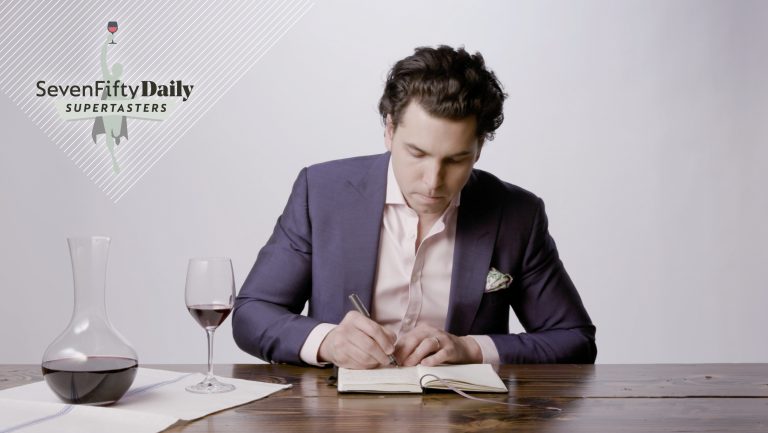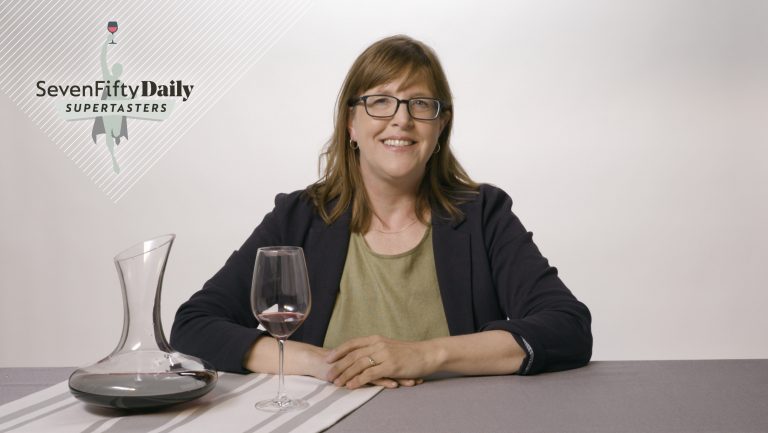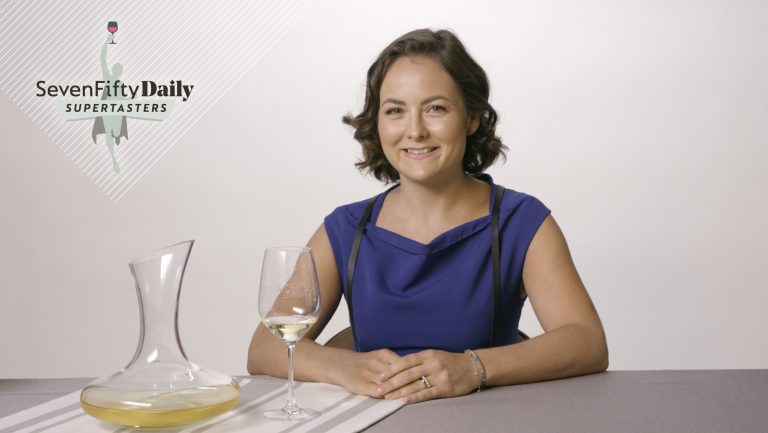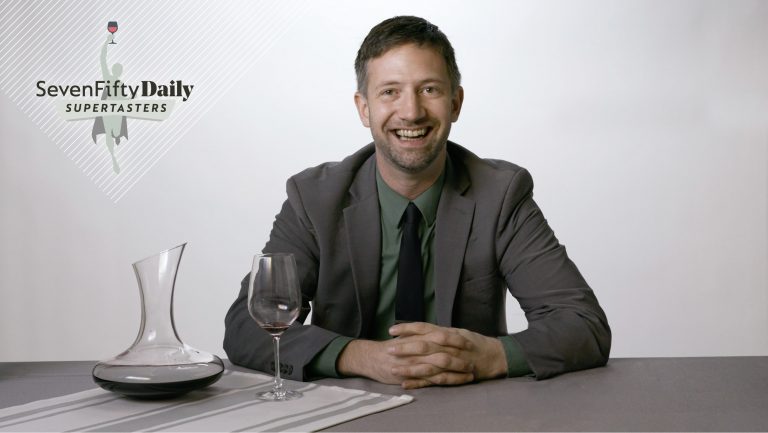In the SevenFifty Daily Supertasters video series, we choose the wines, then challenge some of the industry’s best palates to blind tastings in an effort to glean their extraordinary techniques.
Good news aspiring blind-tasters: Thomas Pastuszak, the wine director for The Nomad in New York City and the founder of Empire Estate, says that blind-tasting definitely gets easier over time—with practice, of course.
“I think it has gotten easier mainly because I’ve done it more,” he says. “Earlier in my studies, especially when I was trying to prove to myself that I could do it, I think I went down the [wrong] rabbit hole too often.” Learning to blind-taste is a journey, he says. “It’s a long process, and I don’t think there’s any reason to rush that.”

Don’t miss the latest drinks industry news and insights. Sign up for our award-winning newsletters and get insider intel, resources, and trends delivered to your inbox every week.
Yet Pastuszak also points out that with so many different styles of wine being made, blind-tasting has become harder than ever. “There are more Old World-style wines being made in New World places, so in theory,” he says, “there’s more opportunity to not get it right because there’s such a diversity of styles coming from around the world.”
For novice tasters, Pastuszak advises starting out by blind-tasting flights that contain vastly different wines. “For instance,” he says, “a light-bodied red against a full-bodied red [and] a very oaky white wine against an unoaked white wine. That’s an easy way to initially formulate distinctions and understand how those wines really, truly differ.
He also suggests tasting Burgundy Pinot Noir next to Napa Valley Cabernet Sauvignon. “Those would be great, obvious examples of very big differences,” he says. Similarly, if you were to taste a Muscadet from France next to a traditionally oaky California Chardonnay, those would also be good examples of very different wines.
As you become more of an expert, it’s increasingly important to hone your skills at tasting wines that are of a much greater similarity, says Pastuszak. To this end, he recommends blind-tasting Rieslings from Germany that are from the same producer as well as the same vintage at three different levels of sweetness—or harvest. “It’ll give you a better sense of Kabinett versus Spätlese versus Auslese.”
Another advanced-level flight, he says, might focus on lean, crisp, lemony white wines, such as Chablis, Muscadet, and Pinot Grigio. “These are often the type of wines that can have a lot of overlapping characteristics,” he says, “and you really fine-tune your abilities to taste deductively when you can taste those examples side by side with one another and recognize their nuances.”
Tasting flights of single-varietal wines made in places with similar climates or soil types can also help you up your blind-tasting game. Pastuszak recommends tasting an American Pinot Noir from the Sonoma Coast with an Oregon Willamette Valley Pinot and a red Burgundy. He also proposes themed flights, like tasting wines that are known for possessing vegetal characteristics and having overlapping organoleptic qualities, such as Northern Rhône Syrah, Loire Valley Cabernet Franc, and Cru Beaujolais. “It’s important to taste them close by to one another to really assess the differences.”
We challenged Pastuszak to a second round of blind-tasting—this time, we gave him a red wine. Watch the video to find out if he guessed right—and to see if you have what it takes to be a SevenFifty Daily Supertaster. (Be sure to check out Pastuszak’s first round of the SevenFifty Daily Supertasters challenge too!).
To be considered for a future video, shoot us an email: editor@sevenfifty.com.

Dispatch
Sign up for our award-winning newsletter
Don’t miss the latest drinks industry news and insights—delivered to your inbox every week.
Jen Laskey is the former executive editor of SevenFifty Daily. She is also an award-winning wine, spirits, and lifestyle writer and editor based in New York City, an associate judge for the IWSC, and a WSET-certified advanced somm and Diploma candidate.







